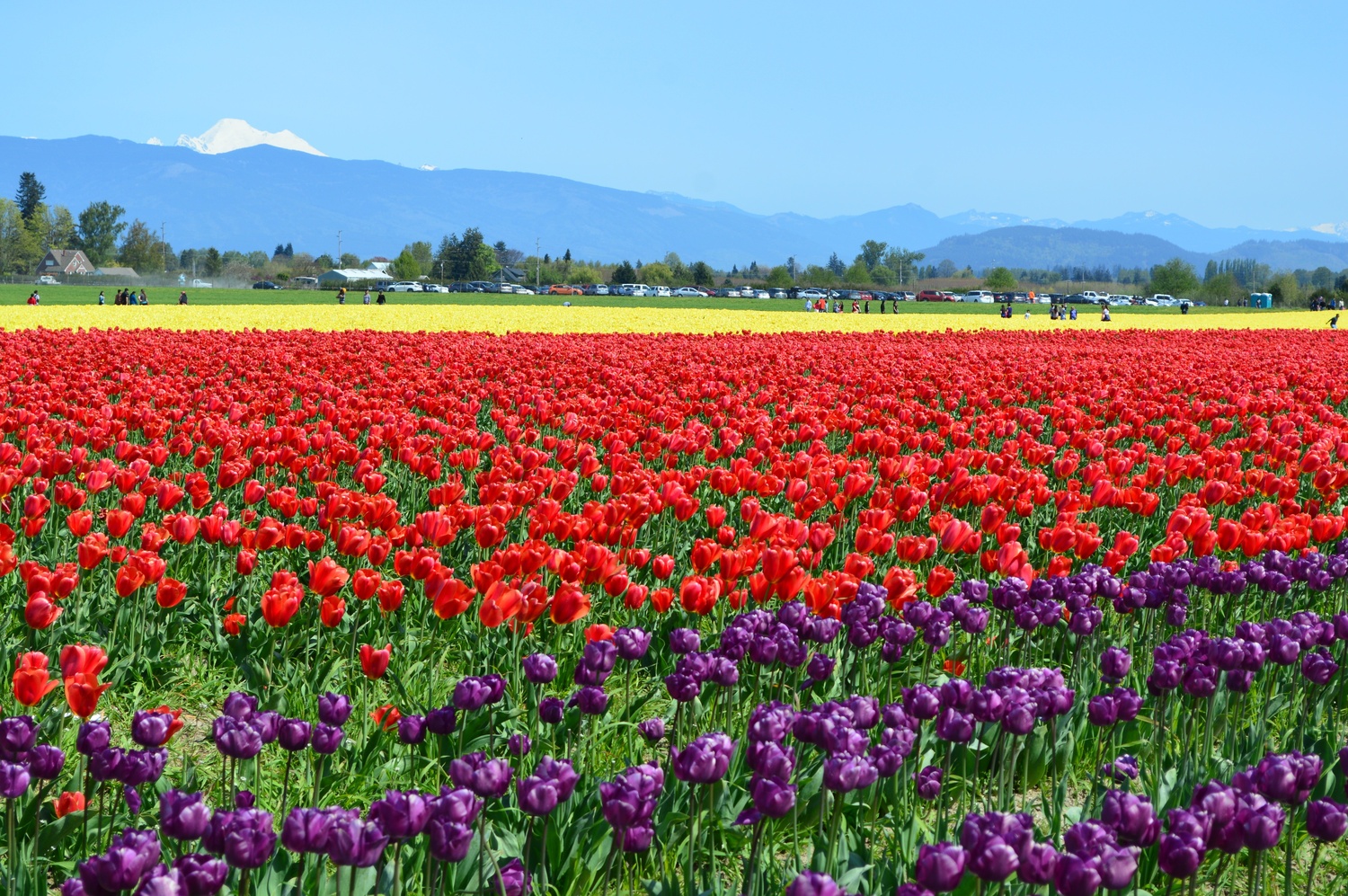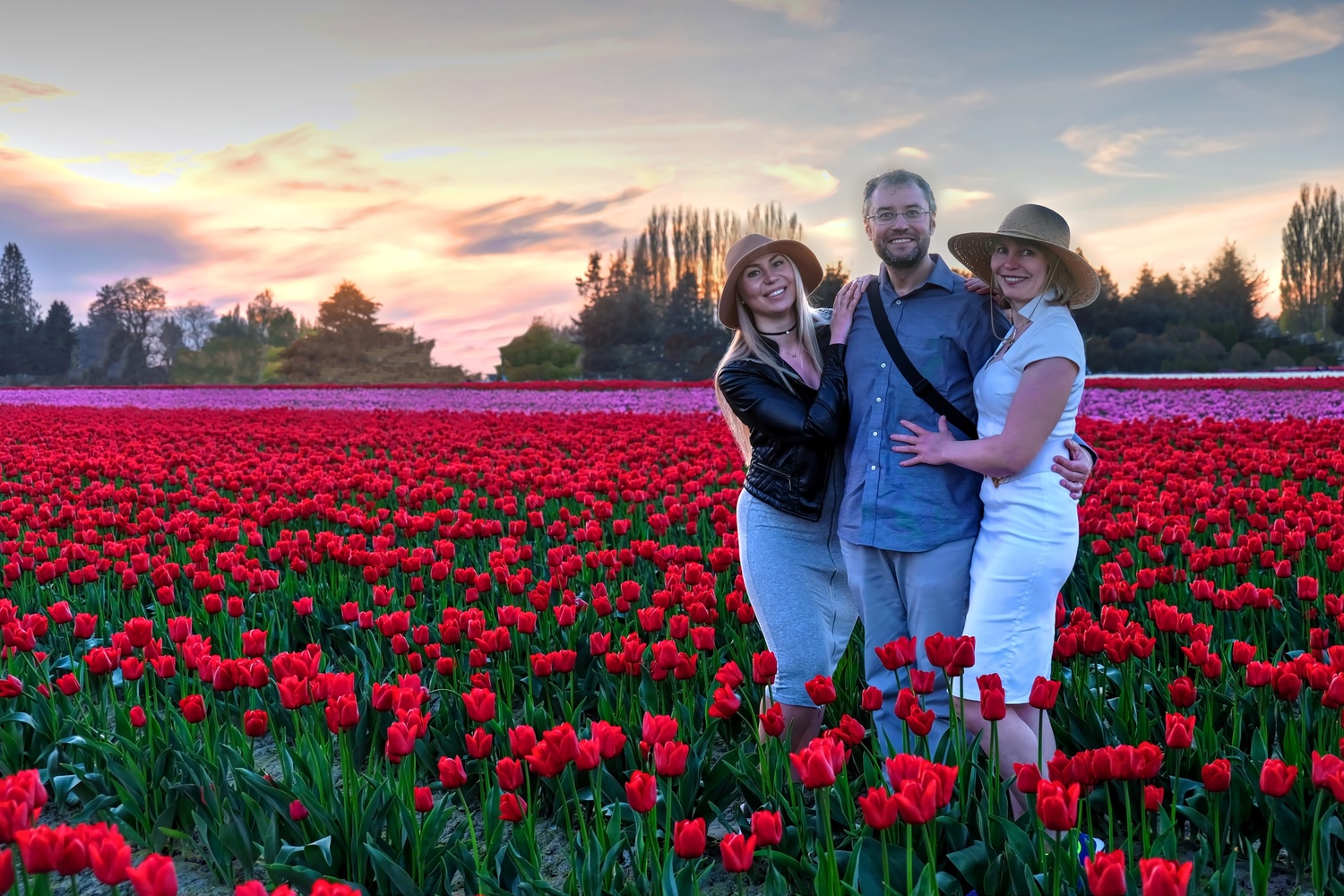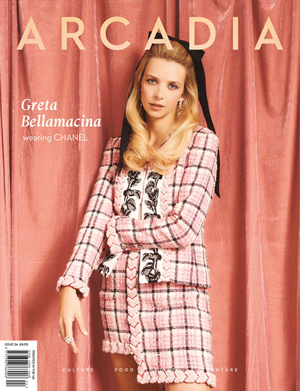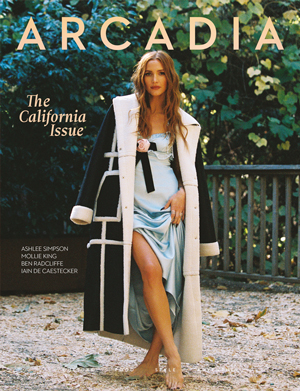
Visiting the Skagit Valley Tulip Festival takes some planning if you want to make the most of the trip. Between crowds, bloom timing, and unpredictable weather, knowing when and how to go makes a big difference. Here’s how you can organize your visit to avoid the usual mistakes and actually enjoy the experience.
Choose Your Dates Based on Bloom Timing
The Skagit Valley tulip festival usually runs throughout April, but tulips bloom based on weather patterns, not a fixed schedule. One year, fields might be in peak bloom during the first week. The next, it could be mid- or even late April. Some years, daffodils bloom first and hang around longer than expected.
Instead of picking your travel dates months ahead, check the festival’s bloom updates before booking. The website keeps a close watch on bloom conditions, and so do the farms. This is how people time it right and actually see the fields filled with vibrant blooms instead of green leaves or faded petals.
Book Your Stay Early
Accommodations near Mount Vernon and La Conner fill up fast. Many visitors book rooms in January and February. Look for hotels, Airbnbs, or even small inns within 20 to 30 minutes of the main tulip fields. Sedro-Woolley, Burlington, and Anacortes are practical choices that often have better availability.
If you’re not locked into specific dates, wait to finalize your lodging until bloom updates start rolling in. This flexibility increases your chances of actually seeing peak tulips, not just the early or late stragglers.
Know Which Gardens You Want to Visit
There’s no single spot where all tulips grow. The fields are operated by private farms, and each one offers a different experience. Roozengaarde and Tulip Town are the two most visited farms. Each one has a display garden, walking paths, and ticketed entry. These are where you’ll see the photo-perfect rows of color that reflect how flowers spread happiness to thousands of visitors.
Some farms focus more on growing and selling bulbs, others create curated garden experiences with art exhibits and food trucks. Look at what each location offers and decide what you want to see. Buying tickets online ahead of time can help you skip long lines.
Schedule Your Trip Around More Than Just the Tulips
If you’re already visiting Skagit Valley, make time to see what else is happening locally. The festival’s calendar of events includes small-town parades, local music, photography contests, and guided walking tours. These give you something to enjoy even if the fields aren’t at their best the day you visit.
Plan a drive through Chuckanut Drive or a quick stop in La Conner for lunch. Small details like this turn a flower trip into a proper day out, especially if you’re traveling with others who might not be as into tulips as you are.
Dress for the Weather and the Fields
Skagit Valley gets a lot of rain in spring. Even on dry days, the fields can be muddy. Wear waterproof shoes or boots, especially if you’re walking through unpaved areas. Don’t count on the weather report being precise; the microclimate here changes fast. Bring a waterproof jacket and carry layers. A sunny morning can quickly shift into chilly wind and light rain.
Skip white sneakers and anything that won’t survive a few puddles. You’ll enjoy the visit a lot more if you’re not worried about ruining your clothes with mud or grass stains.
Travel Light and Pack Smart
Bring only what you actually need: phone, charger, water, snacks, and maybe a foldable umbrella. A backpack works better than a shoulder bag if you’re planning to walk long distances between fields or towns. Traveling light allows you to focus more on the experience and less on hauling things you won’t use.
If you’re bringing kids, strollers should be suited for gravel or muddy paths. If not, consider a carrier. Some areas aren’t paved or stroller-friendly.
Plan for Meals and Breaks
There are a few food trucks at the main gardens, but they aren’t your only option. Mount Vernon, La Conner, and Anacortes have restaurants, diners, and coffee shops that offer much better options for a sit-down meal. Look for places off the main roads—they’re usually less crowded and more relaxed.
If you’re out for the day, bring water and a few small snacks. There’s not always a store or food stall nearby once you’re deep into the fields.
Make Room for a Quick Stop at the Gift Shop
Most of the tulip farms have a gift shop with local products and bulb pre-orders. If you’re the type who likes to take something home, it’s a decent place to get a practical souvenir. Look for gardening tools, home decor, and locally made items instead of generic trinkets.
If you’re thinking about planting tulips back home, this is where you’ll get the right varieties. Ask staff about your growing zone and which bulbs do well outside the Pacific Northwest.

Take Photos—but Respect the Fields
Everyone wants the perfect shot, but walking into closed-off rows damages the flowers and creates more work for the farmers. Stick to designated paths and follow signs. Some farms have specific viewing areas to get those wide-angle shots without stepping into the fields.
Use your phone’s wide-angle lens or bring a lightweight camera if you want more detail. Overcast days work better for photos than sunny ones, thanks to the softer lighting.
Give Yourself Room to Enjoy It
It’s easy to get caught up trying to check off every field, every bloom, and every event. But planning every hour of the day can make the whole trip feel rushed. Leave space in your schedule to linger at a display garden, sit with a coffee, or let the kids run around.
The best part of this trip isn’t finishing everything—it’s slowing down for a few hours and walking among beautiful flowers, even if the rest of your week is packed. That’s how the unforgettable memories stick.







